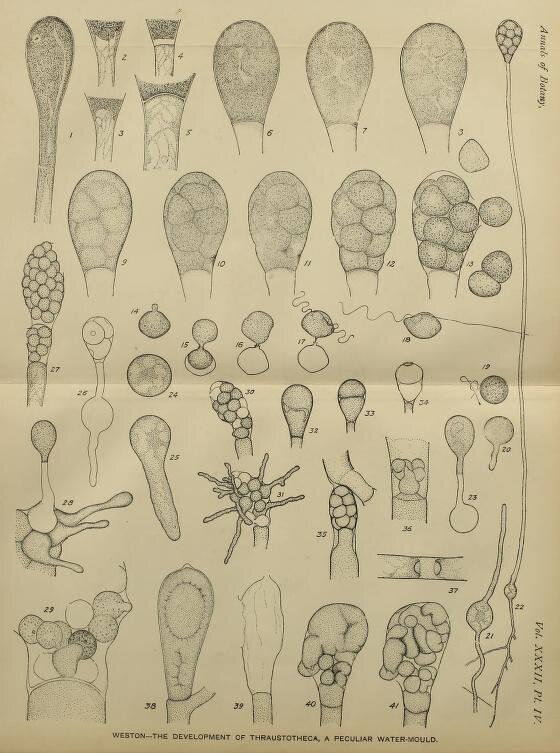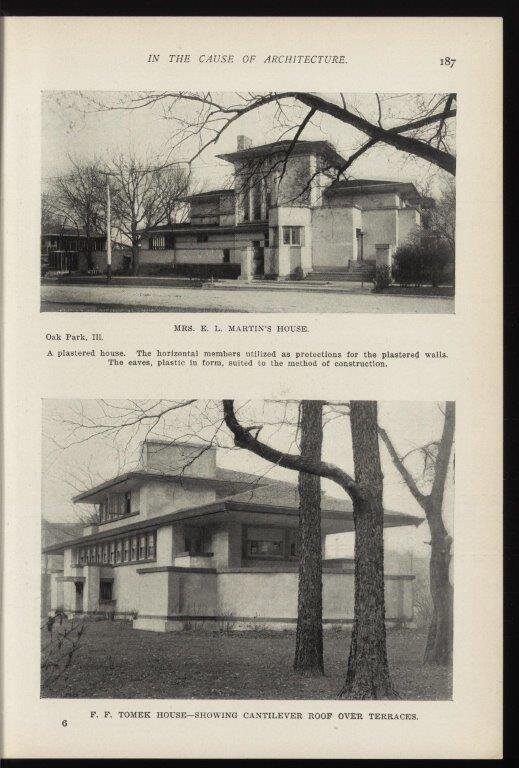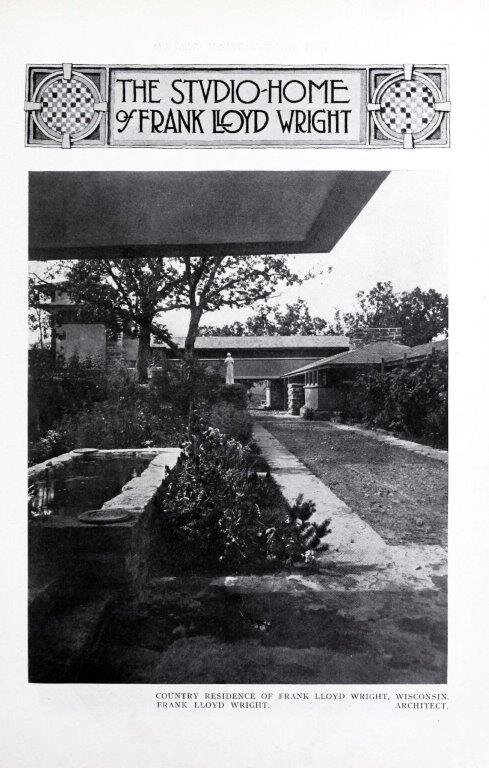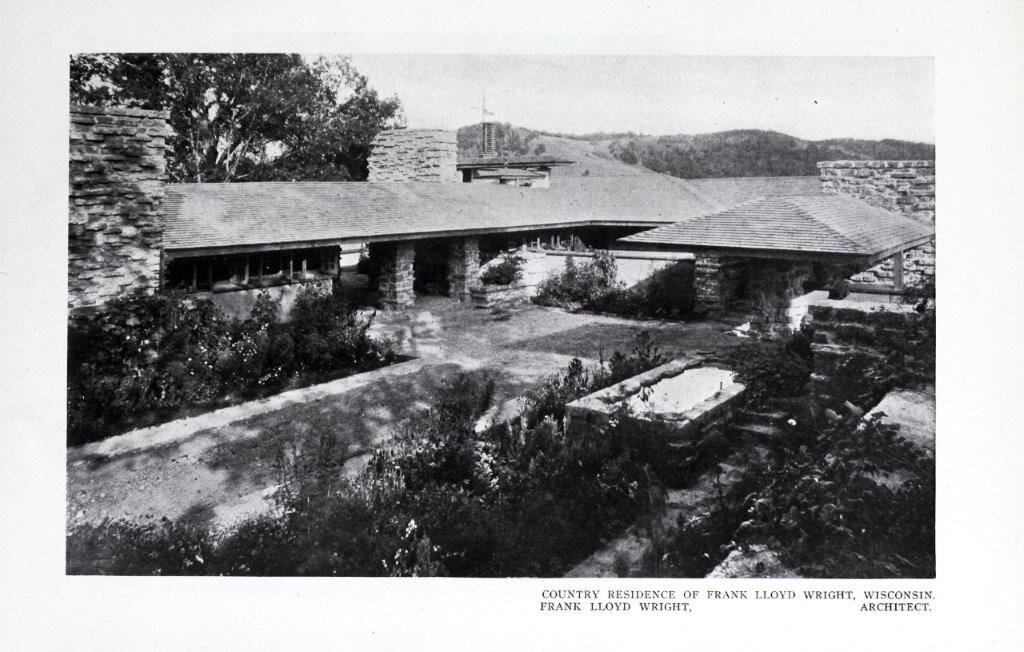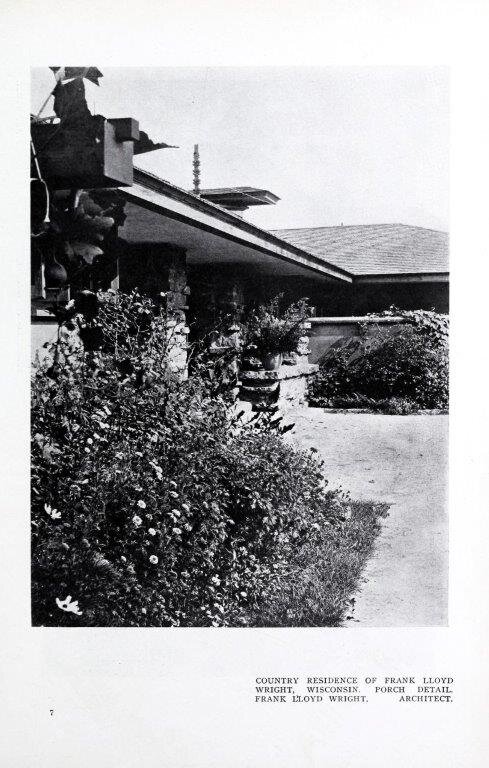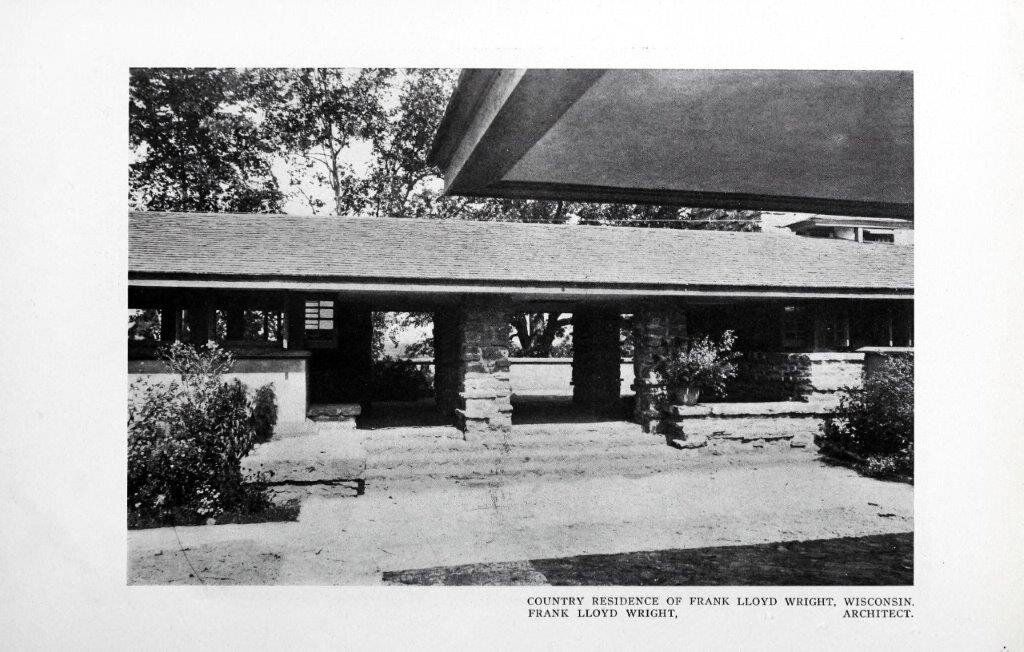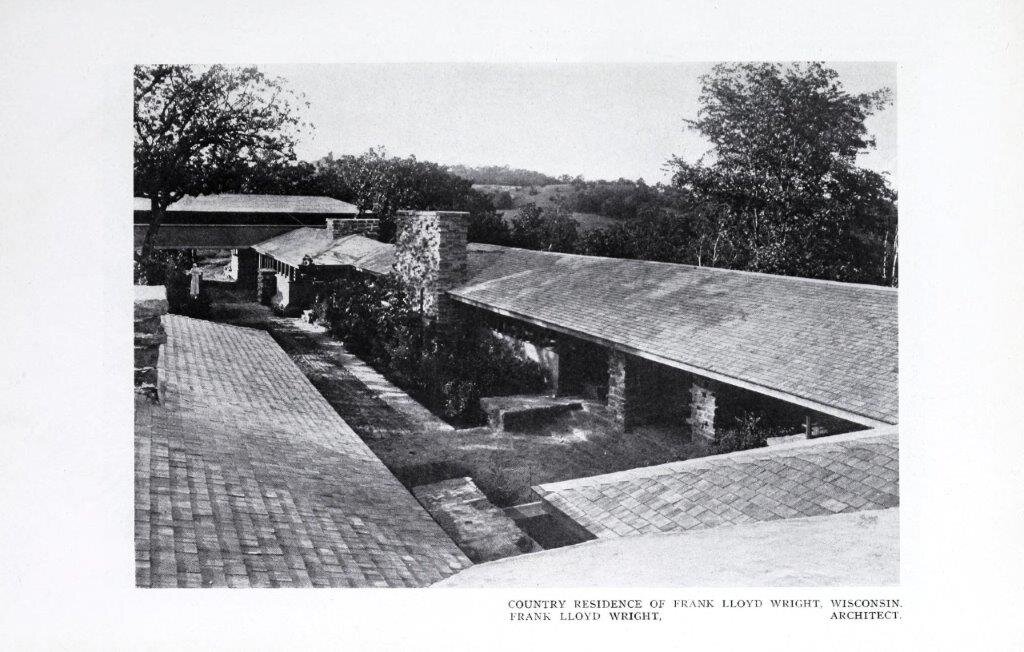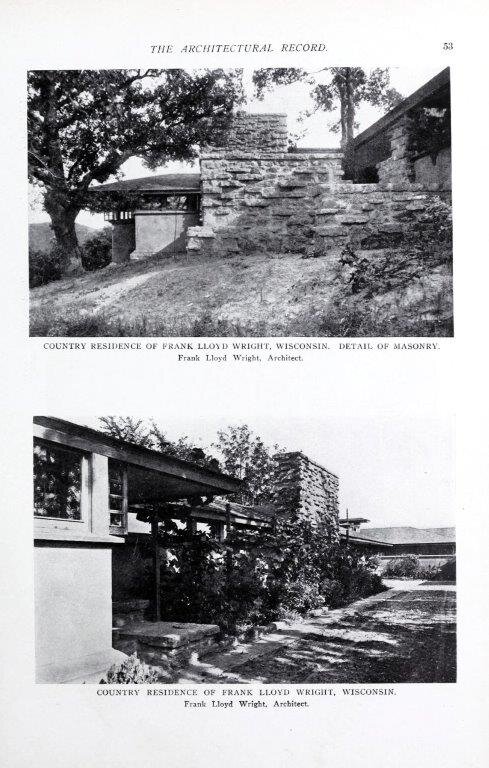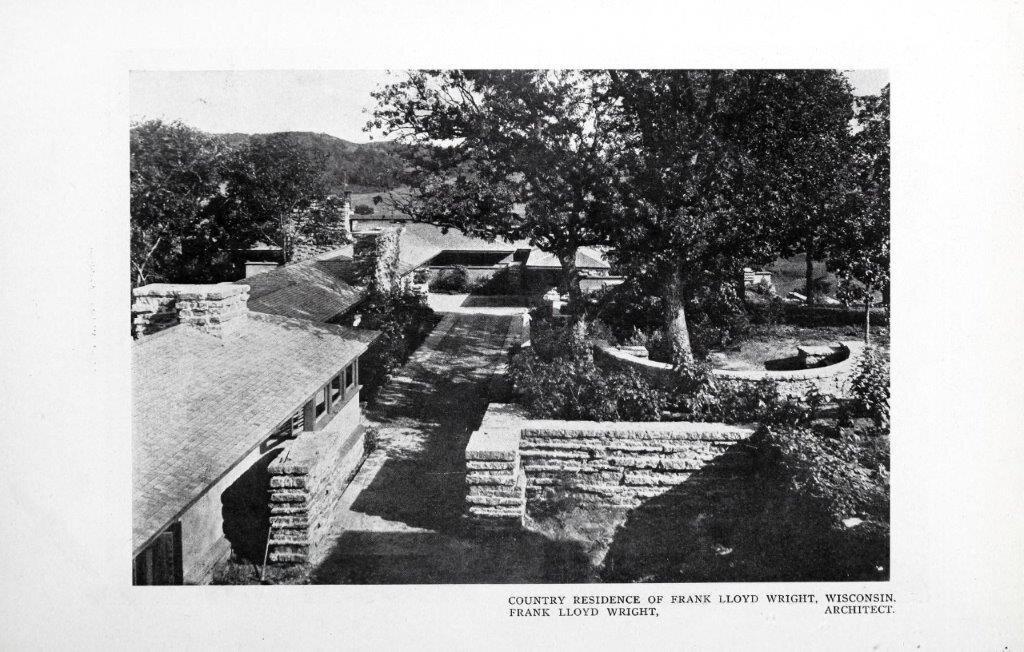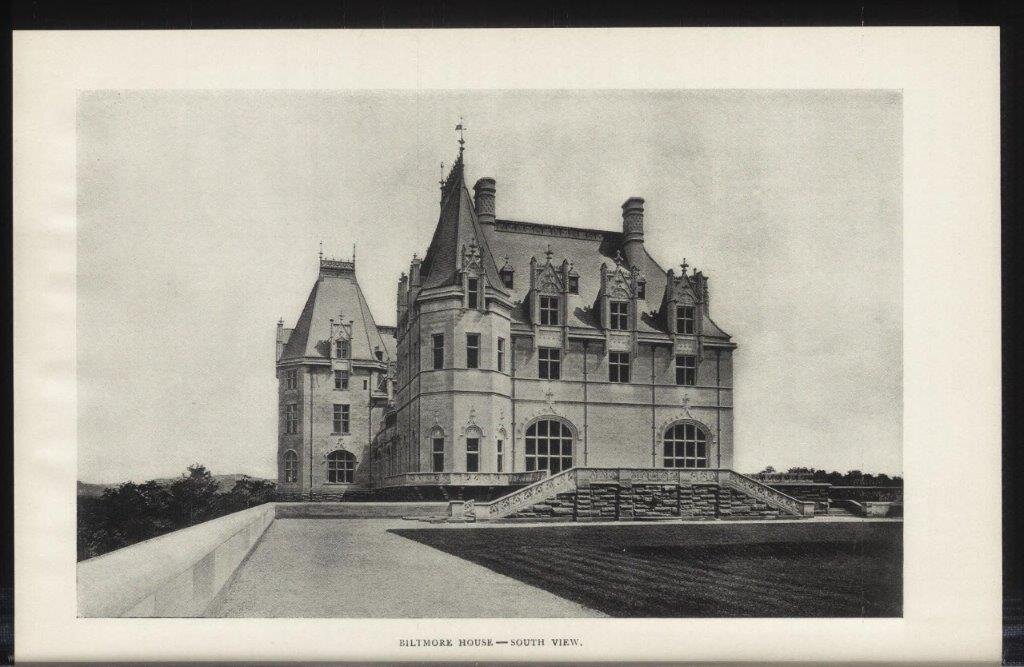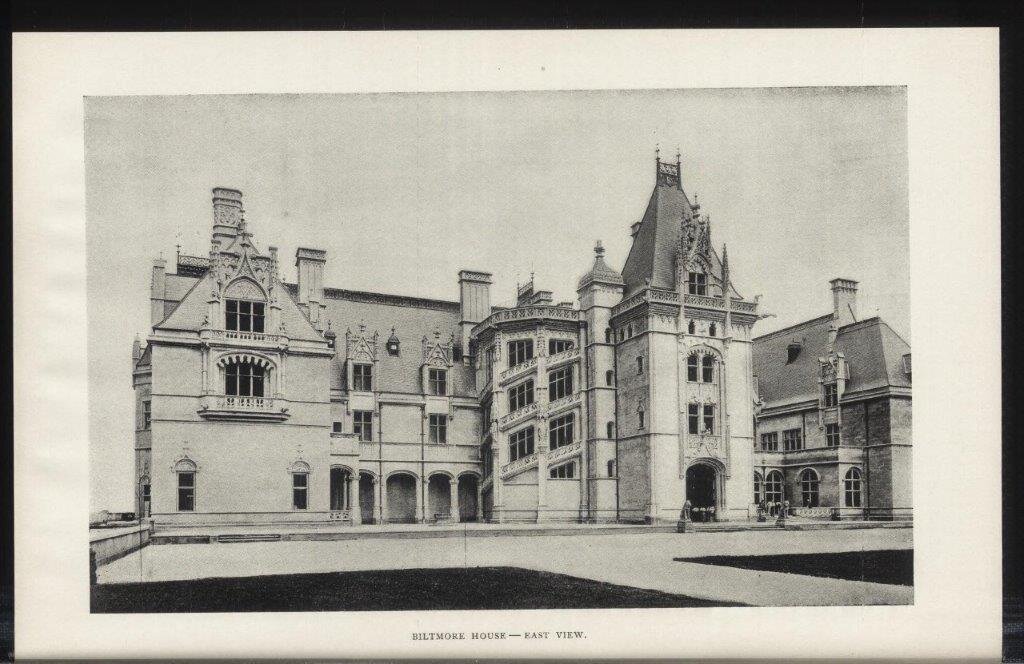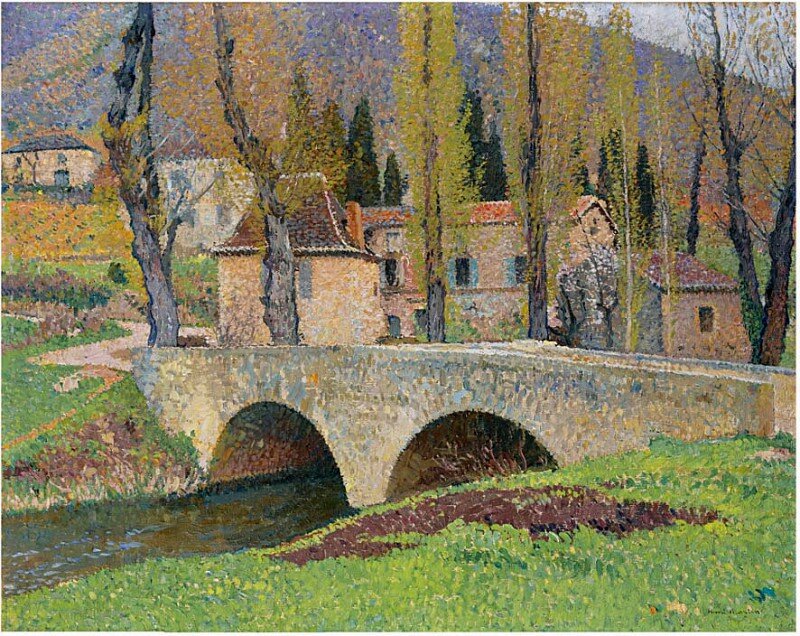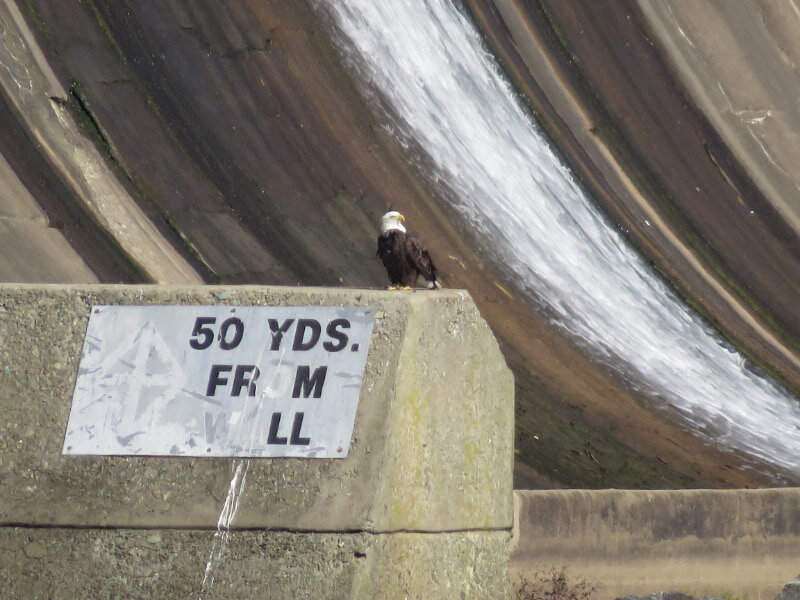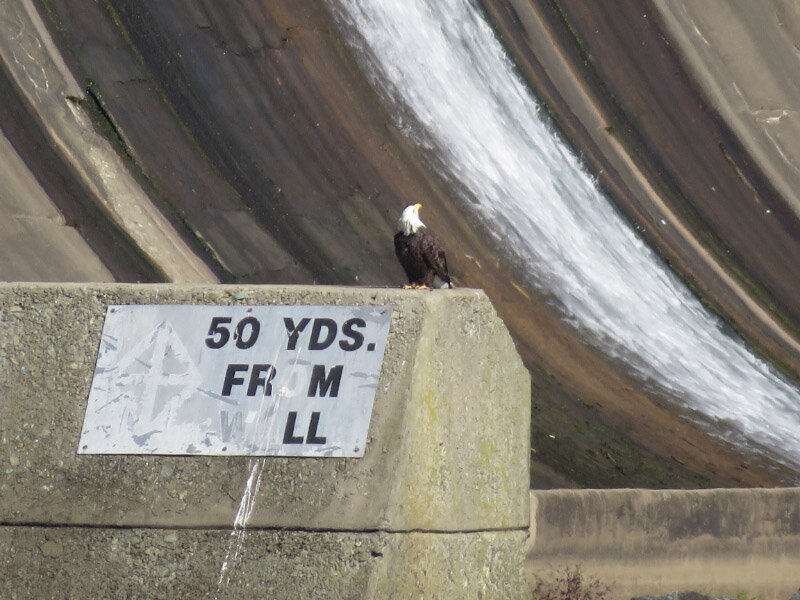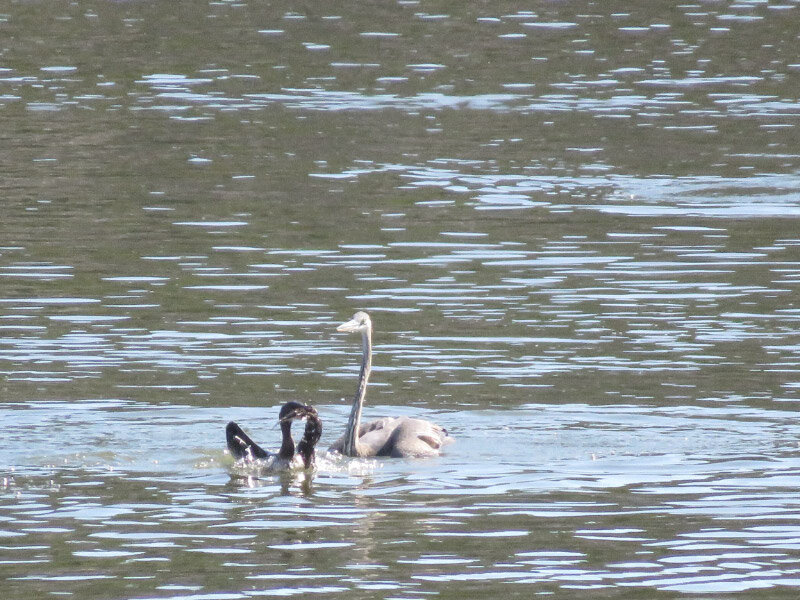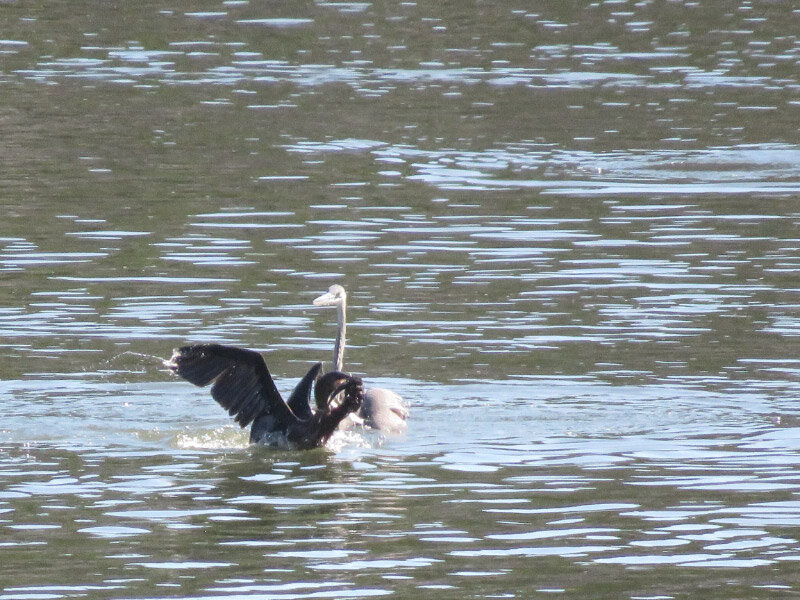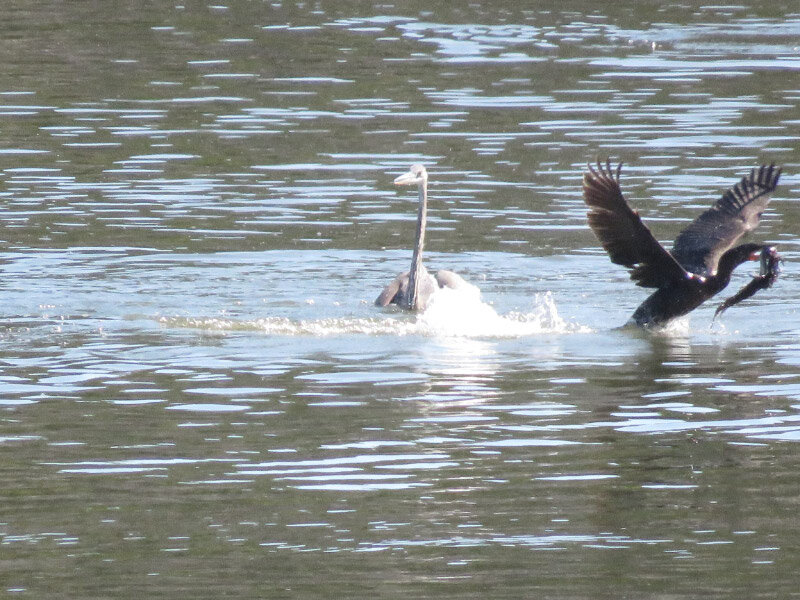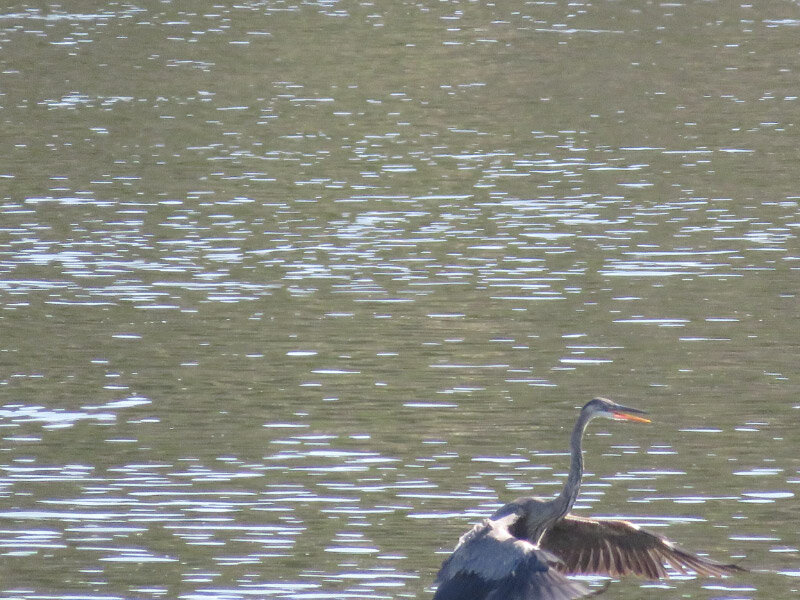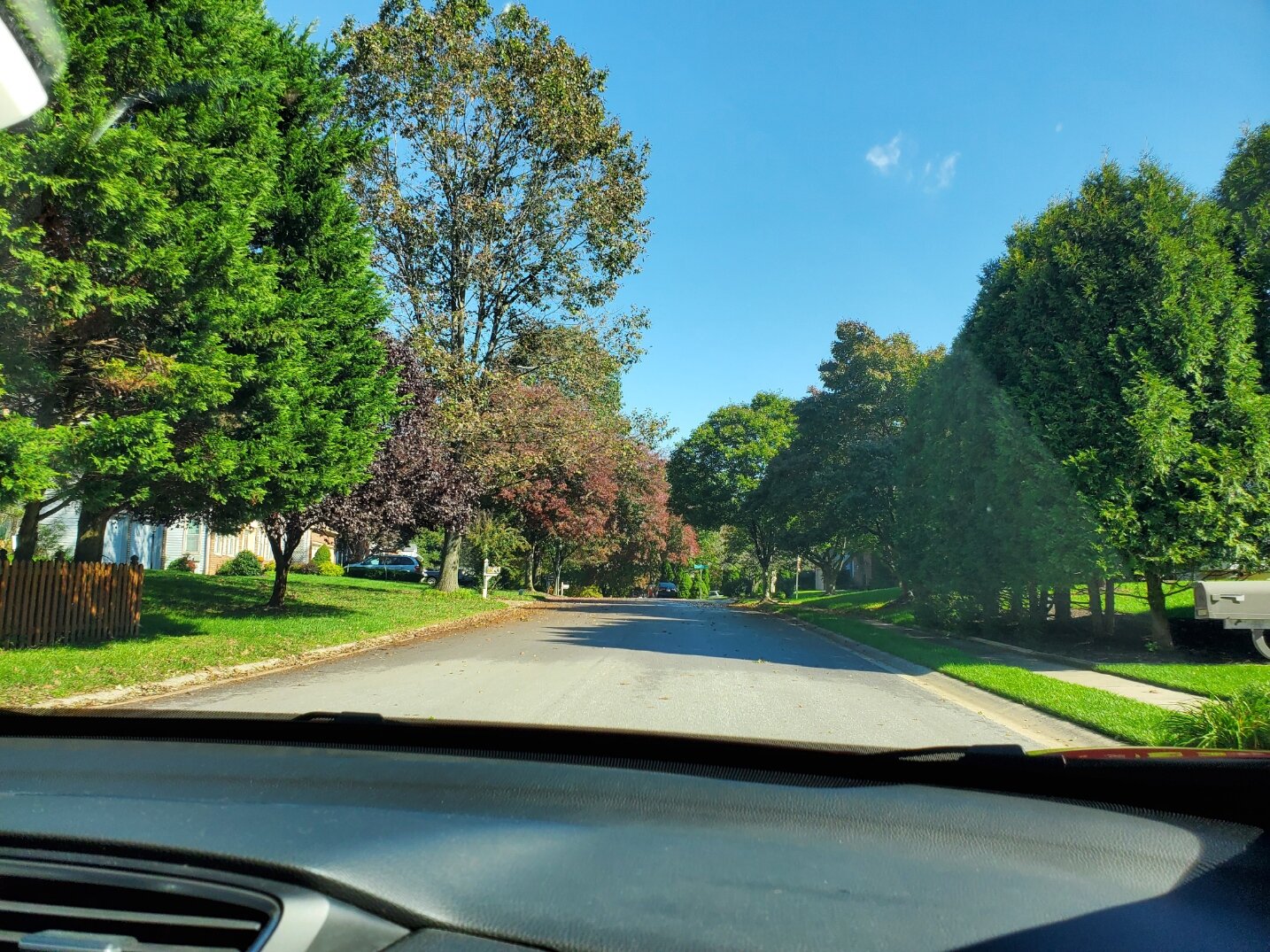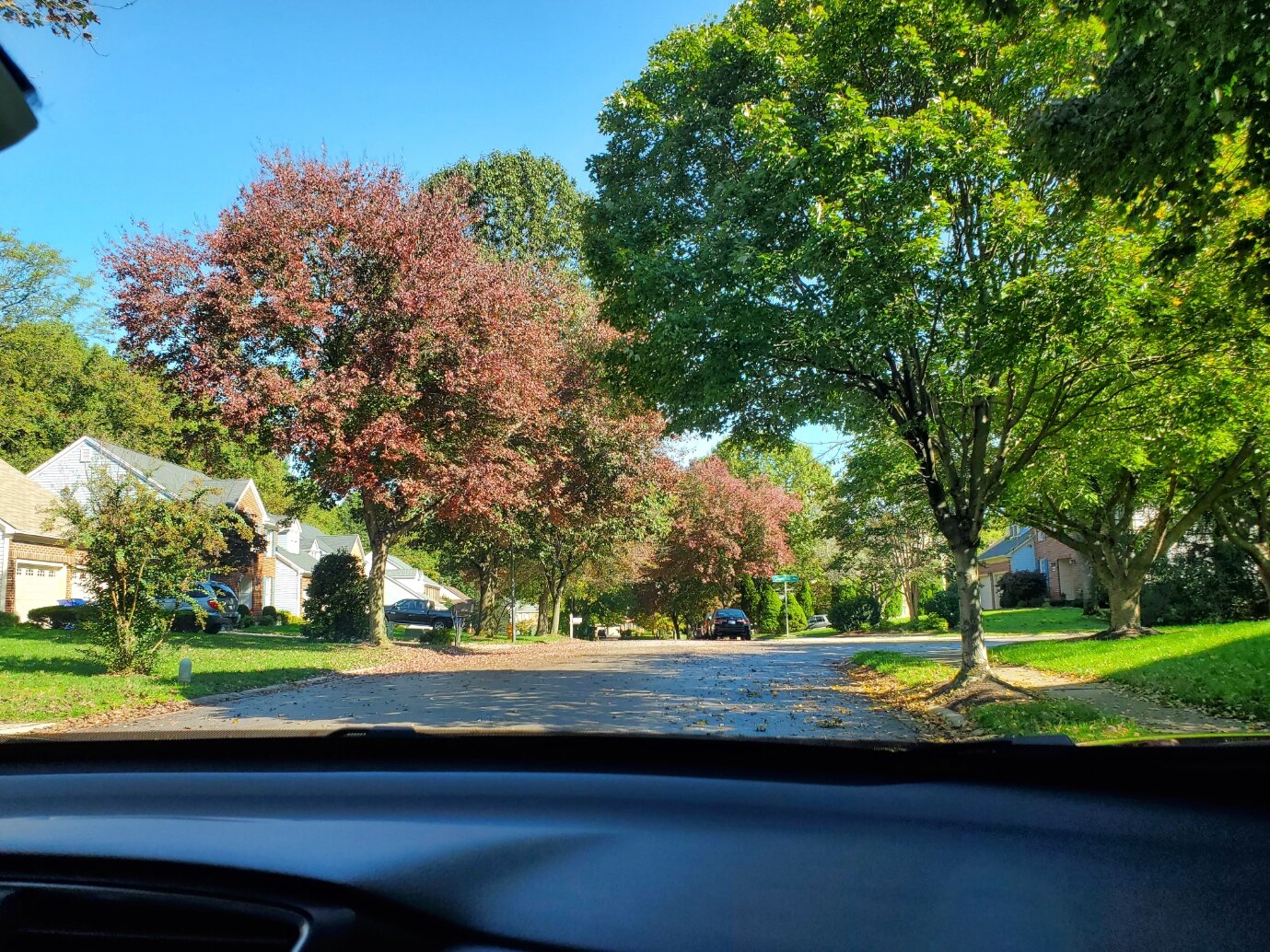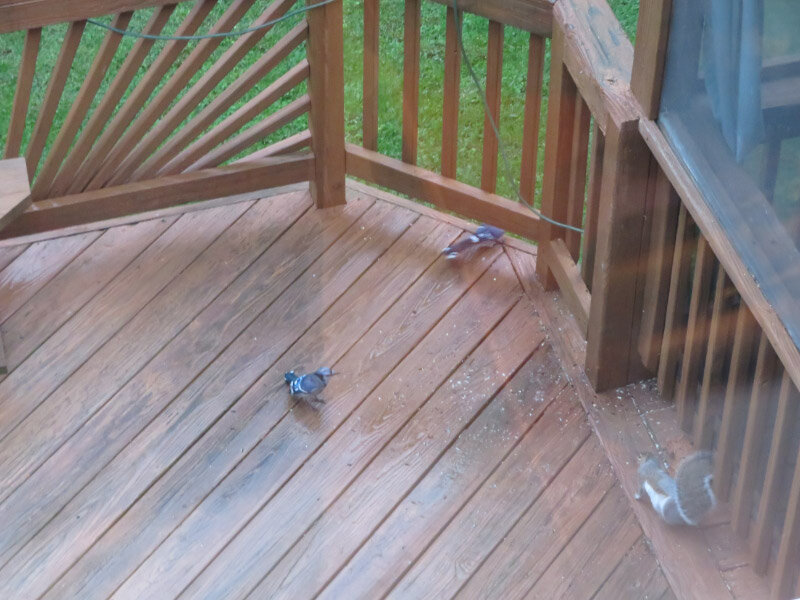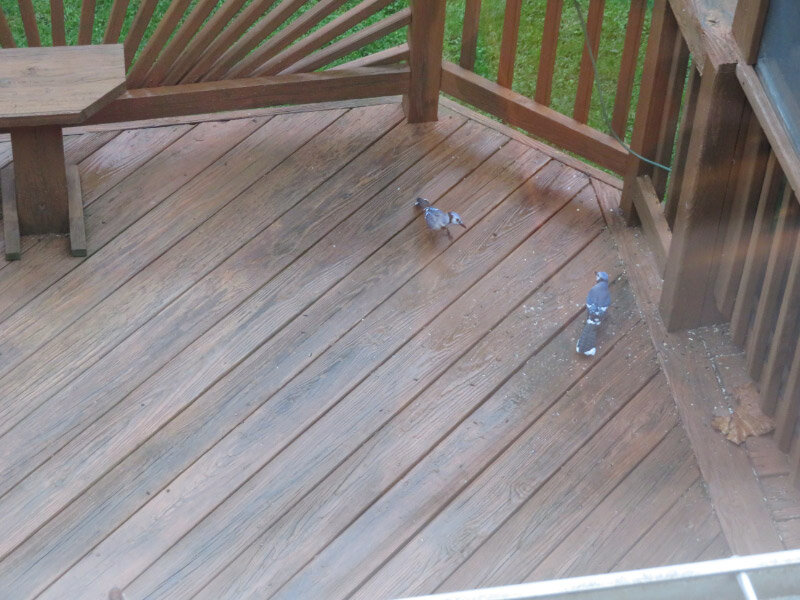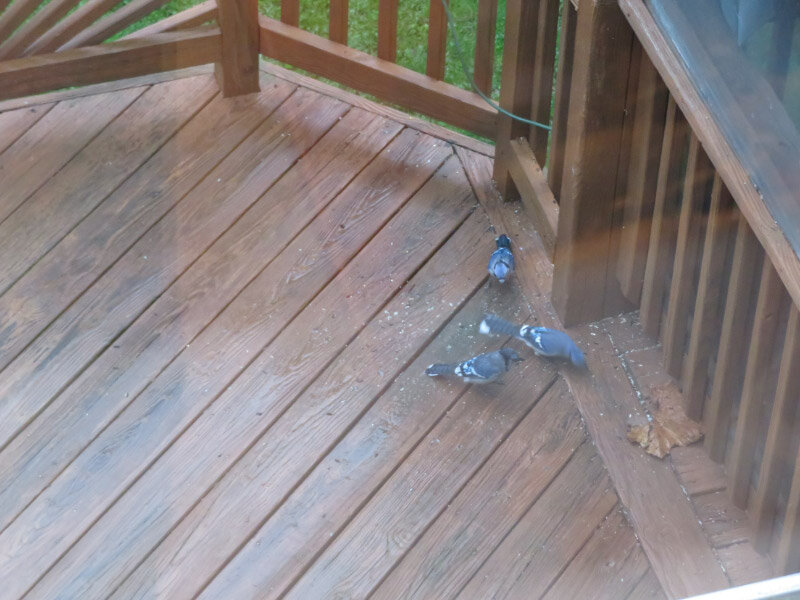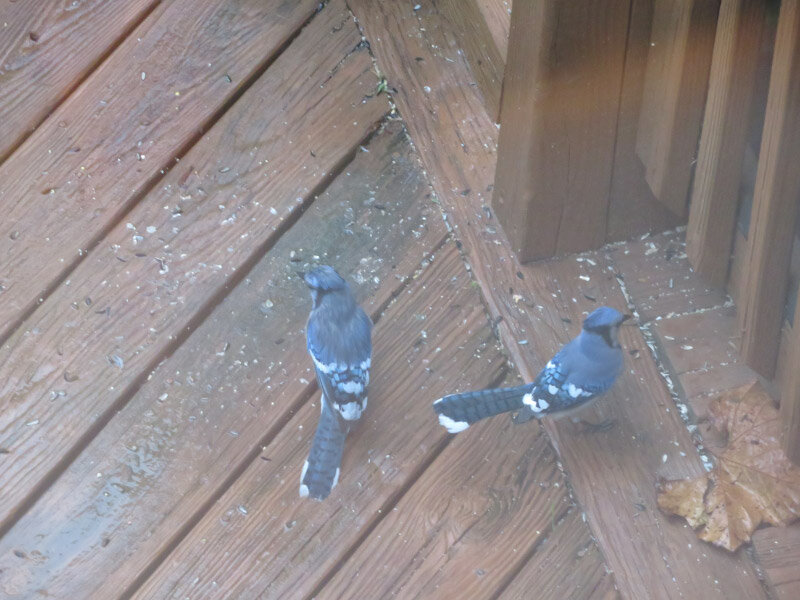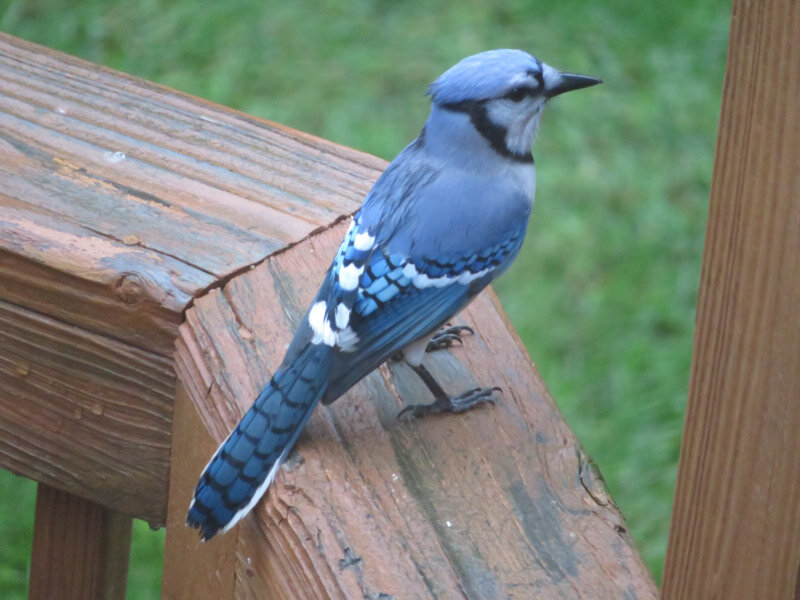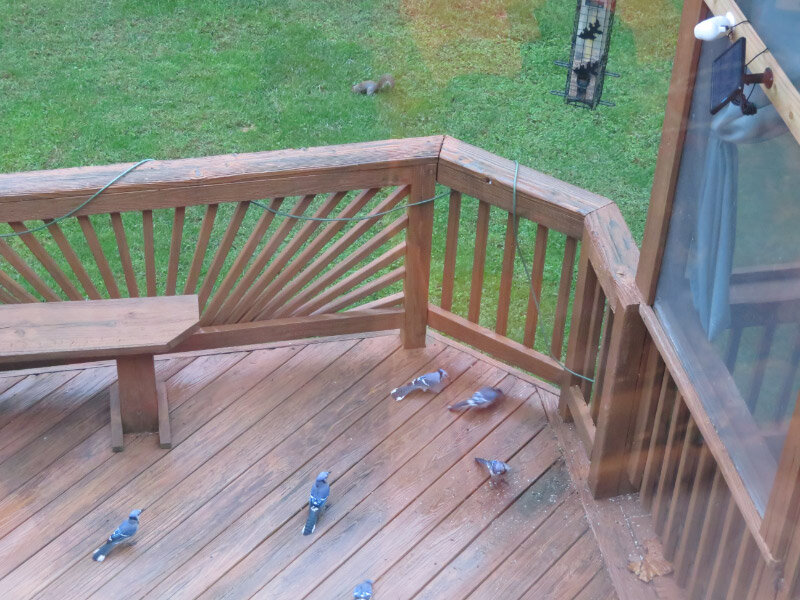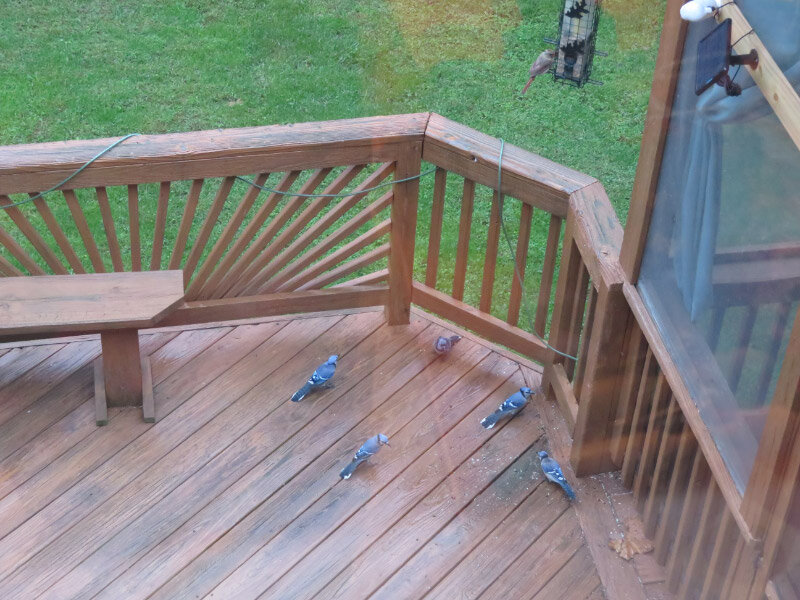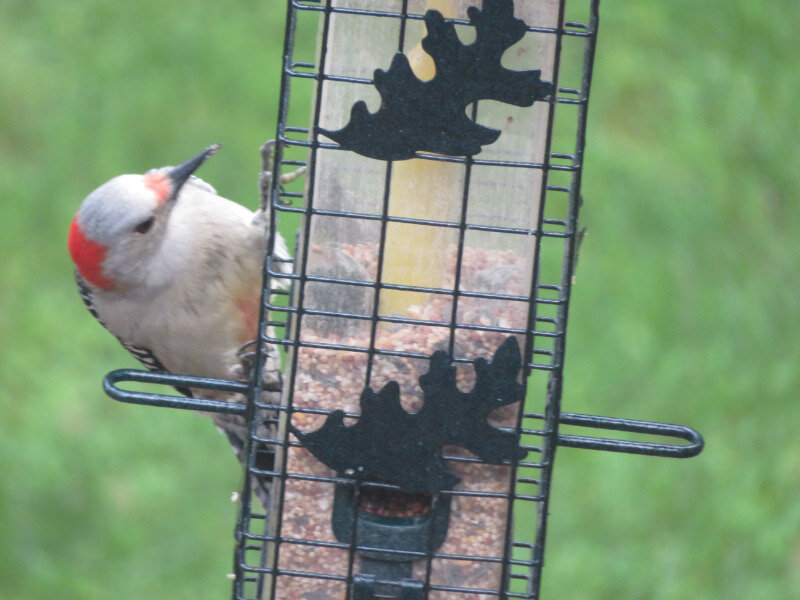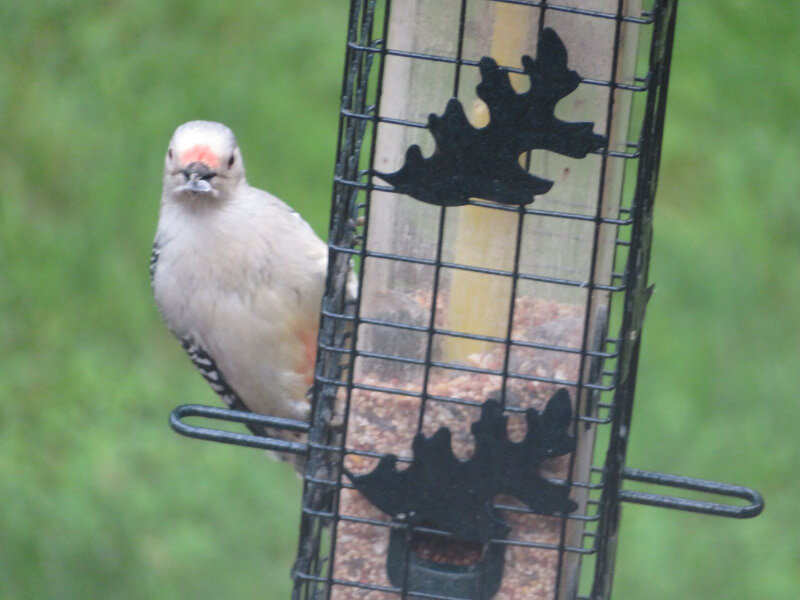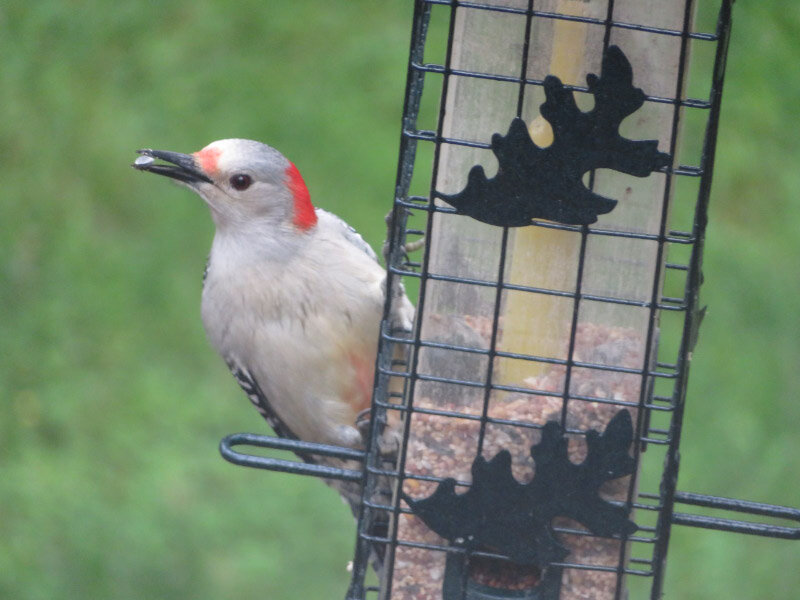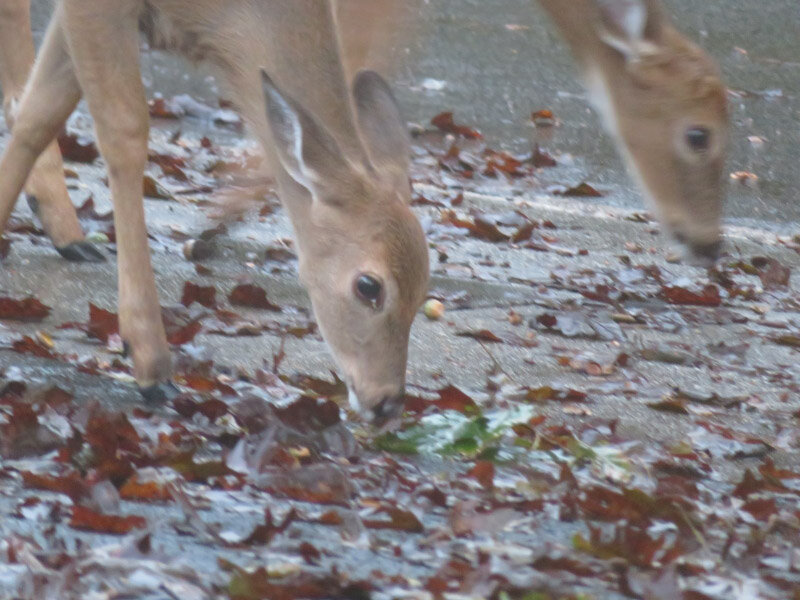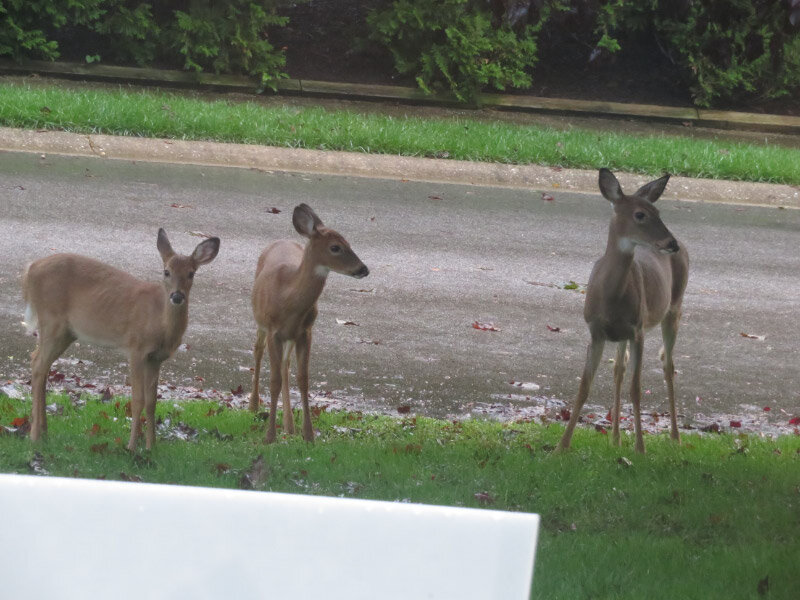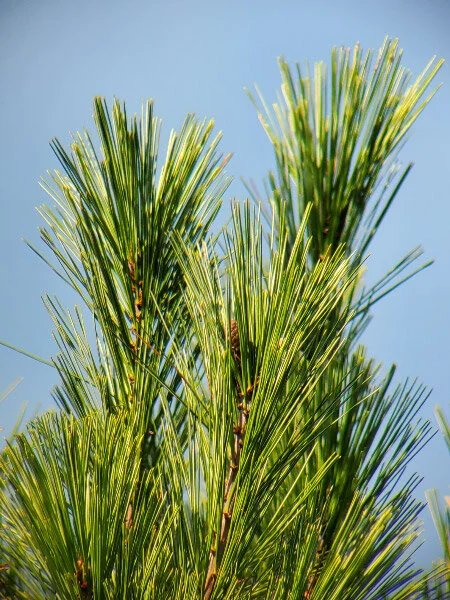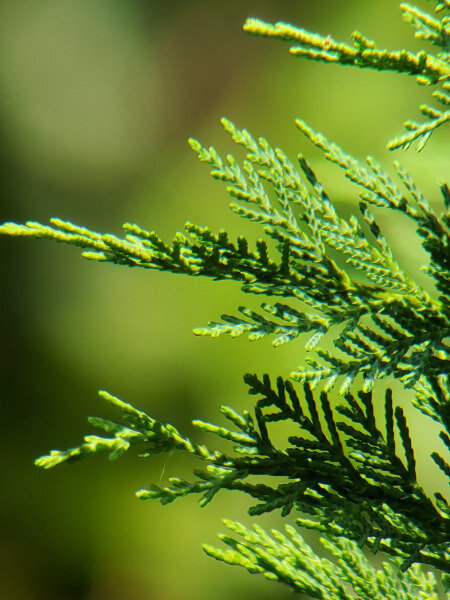Gleanings of the Week Ending November 7, 2020
/The items below were ‘the cream’ of the articles and websites I found this past week. Click on the light green text to look at the article.
Taking the measure of sea level rise - ocean altimetry, land motion, ice height, gravimetry – NASA missions that measure some aspect of sea level rise…there is a lot to work to measure and analyze – to better understand that is happening.
Health Care Facilities Maintain Indoor Air Quality Through Smoke and Wildfires | U.S. Climate Resilience Toolkit – Some of the HEPA filters purchased for the pandemic were available and were used to keep hospitals operational in areas where the outside air was smokey. Are we going to need this type of filters in our homes as well – for air quality more than the pandemic?
Top 25 birds of the week: Seabirds – Beautiful birds…from all around the world.
From Palmyra to the Pacific: Realigning a Rainforest – Cool Green Science – An atoll 1000 miles southeast of Hawaii…marred by human intervention…now owned by The Nature Conservancy…inspiring the creation of the Pacific Remote Islands Marine National Monument in 2008. Restoration is ongoing to maximize Palmyra’s resilience to climate change: eradicating black rats, realigning native rainforest (not restoring because what was there originally is unknown), and reintroducing native bird species.
Red maples doing better in the city -- ScienceDaily – Hurray for red maples. The study was done in Philadelphia which is a couple of hours from where I live….and I have a health red maple in my back yard!
Deformed Beaks: What We Know About An Alarming Bird Disease - Avian Keratin Disorder (AKD) which might be caused by a poecivirus. The birds in the article are from Alaska but some are species we have hear in Maryland too. Hopefully, this is not a disease that will become widespread.
Top US States for Percentage of Electricity from Solar – Even states that aren’t normally viewed as ‘high sun’ are near the top of the list! This chart will probably change a lot over the next few years as more and more utility companies and individuals transition to renewables. Government can help but it is quickly becoming the more cost-effective path forward…market forces will drive the transition.
Scientists Discover New Human Salivary Glands | The Scientist Magazine® - Tubarial glands…what a surprise that they haven’t been discovered previously!
Floating gardens: More than just a pretty place -- ScienceDaily – It is a small experiment…but there was measurable nitrate reduction by the garden….maybe it is something that could be scaled to reduce accumulation of nitrate (from agricultural and yard runoff) that causes algal blooms.
Largest Arctic Expedition Ever Comes to a Close | Smart News | Smithsonian Magazine – The Polarstern, a German research vessel, is back in port after spending a year drifting with the ice floe across the Arctic. It will take 2 years to fully process all the data collected but the initial assessment of the Arctic environment is summarized as grim: ice gone in places it should be meters thick.















